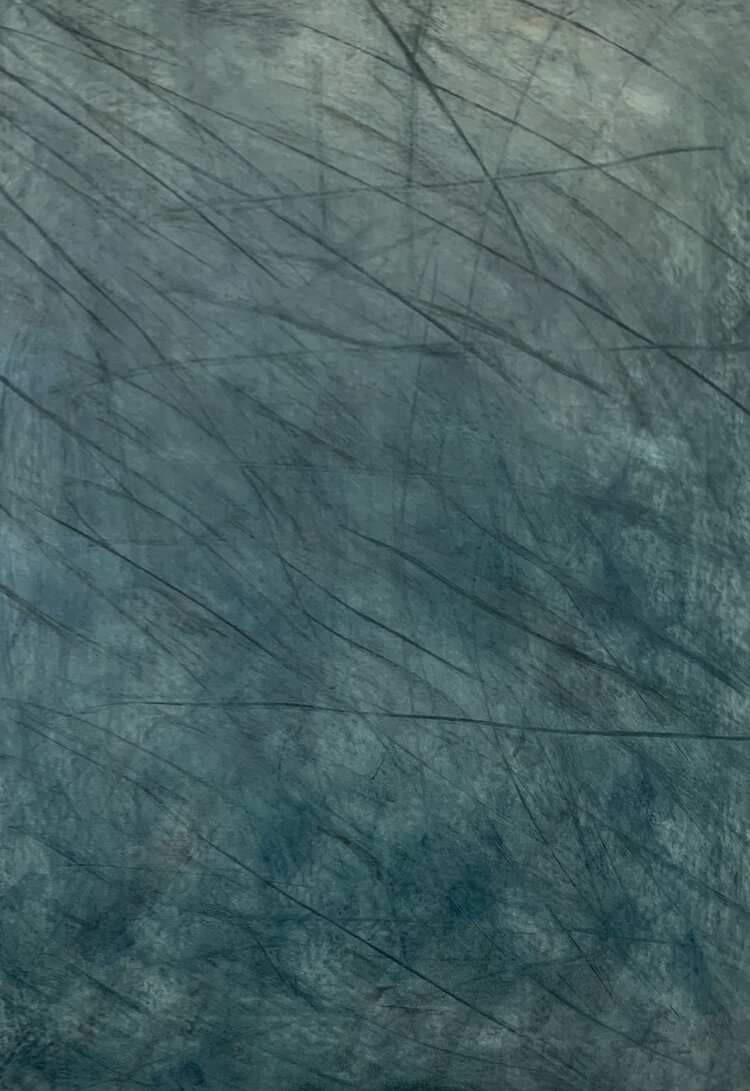Charcoal
On a field trip on 10 June 2021, I traveled to Taupo to speak with the staff from the company ‘Activated Charcoal’. My interest was in the intersections between activated charcoal and visual art practice. Piles of charcoal dust sat on surfaces and in corners. In a slow-burning furnace, sawdust - a waste material from timber processing - was heated slowly and turned into carbon. This was then placed in a circulating drum with aluminium balls and crushed into a superfine powder. The company ‘activates’ this with a chemical, though it can be achieved without this, to make it porous.
‘The main benefit of activated charcoal is that it absorbs toxins and ‘inactivates’ them’ - says Mark Jarand, a chemist at Activated Charcoal, Taupo. Manufactured activated charcoal has the ability to purify. It can absorb chemicals in soil, effluent left on farms by stock, chemical residue in the water at Ports. It can purify water, be taken daily as a health additive, or be blended into cosmetics. The ability to inactivate toxins is a highly desirable quality as the raw material is drawn from the waste matter in the timber industry.
Carbon morphs into different states. It shifts our perception of matter as it exists as solid carbon in rocks of coal, charred wood, particles of dust, and as a gas in smoke. While ground charcoal and carbon can be repurposed to remove toxins in developed wood-producing countries, in countries such as India, air-born ‘soot’ is a contributor to global warming.
Some of my interest in exploring the relationship between particles of charcoal and fluid charcoal is in the visual density of ‘blackness’. I am experimenting with a range of binders from boiled linseed oil, walnut oil, and latex emulsions to bind the charcoal dust. Here is another element in this study. There is a long history in both eastern and western cultures of black ink and oil paints made from charcoal. The history of charcoal as a material to draw images dates back to the earliest human - cave and rock drawings. I am particularly interested in developing and working with fluid charcoal with sustainable binders.





